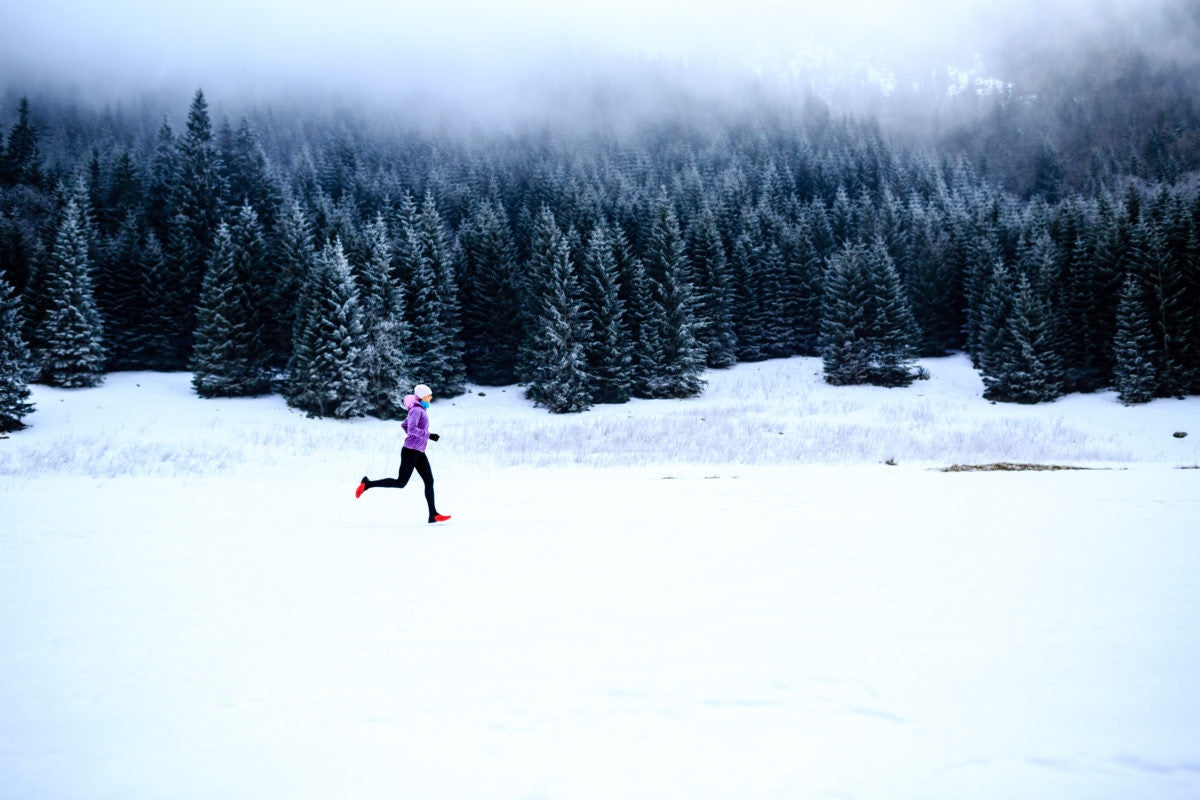In college, I worked as an archives assistant in the basement of the university library for $5.55 and hour. It was one of my favorite jobs ever.
At the time, we were scanning and uploading the collection so it could be accessed online. The work was essentially data entry, but I loved feeling connected to the people who’d passed through my campus before me.
This love of history runs a level deeper when it comes to my own family. I’m the self-appointed family archivist and cherish tangible artifacts from generations past. From the engraved necklace of a great great aunt who shared my name to the handwritten valentine from my grandpa to my grandma. I peruse thousands of family photos and sometimes gather some for a timely Facebook post.
Now that I have kids of my own, I feel constantly torn between living in the moment and capturing the moment in my own little family history. Maybe that’s just part of parenting today, but if you’re the family archivist (and there’s one in every family), see if any of this also sounds familiar:
- Upgrading your phone solely for more storage and a better camera.
- Orchestrating cross-generational photo shoots on the rare occasions your relatives are all in one place.
- Charting the family tree on Ancestry.com and including Ancestry DNA on your Christmas list.
- Fantasizing about Henry Louis Gates Jr. exploring your lineage for a personalized episode of PBS’s “Find Your Roots”.



